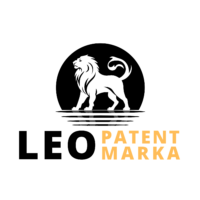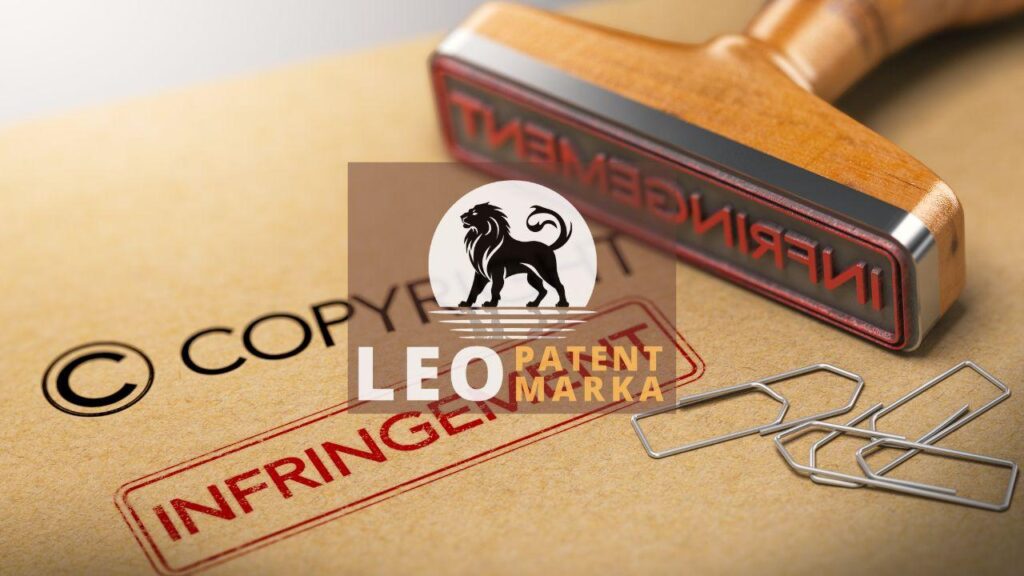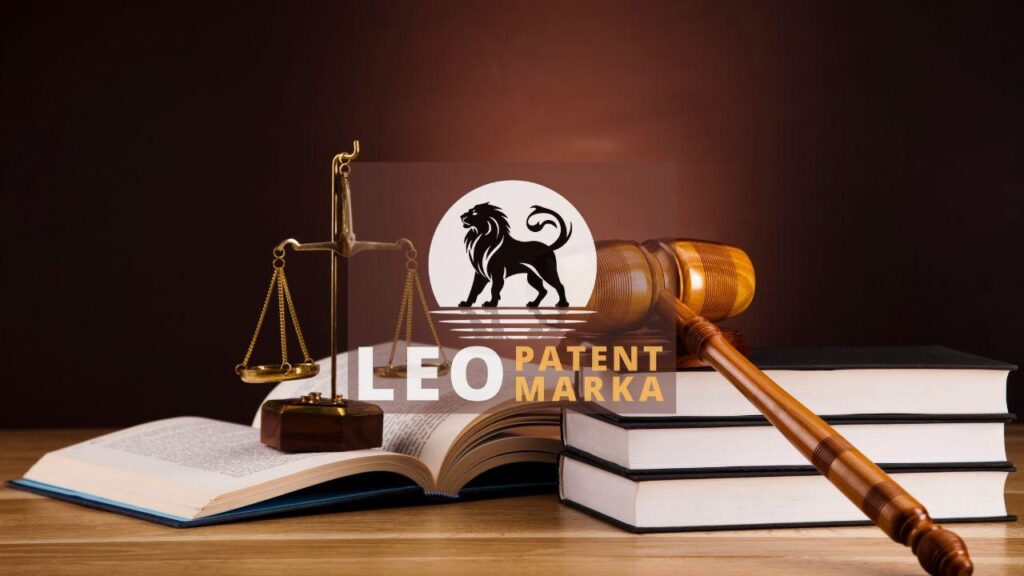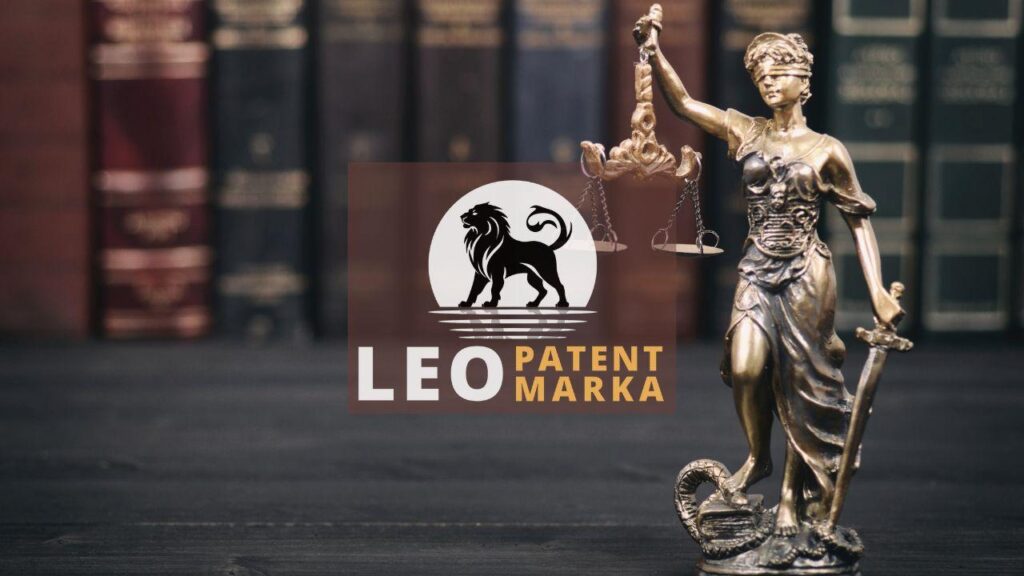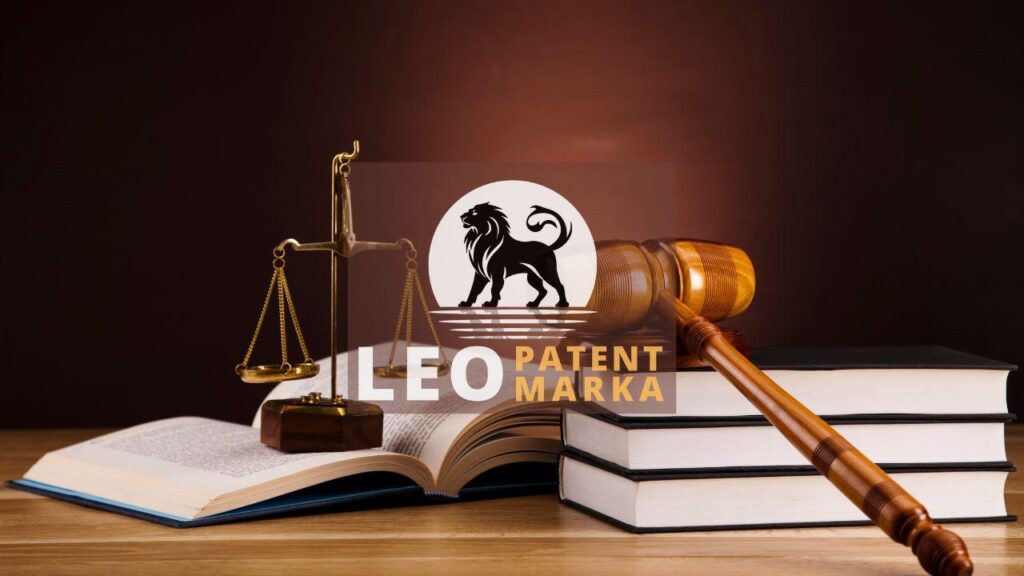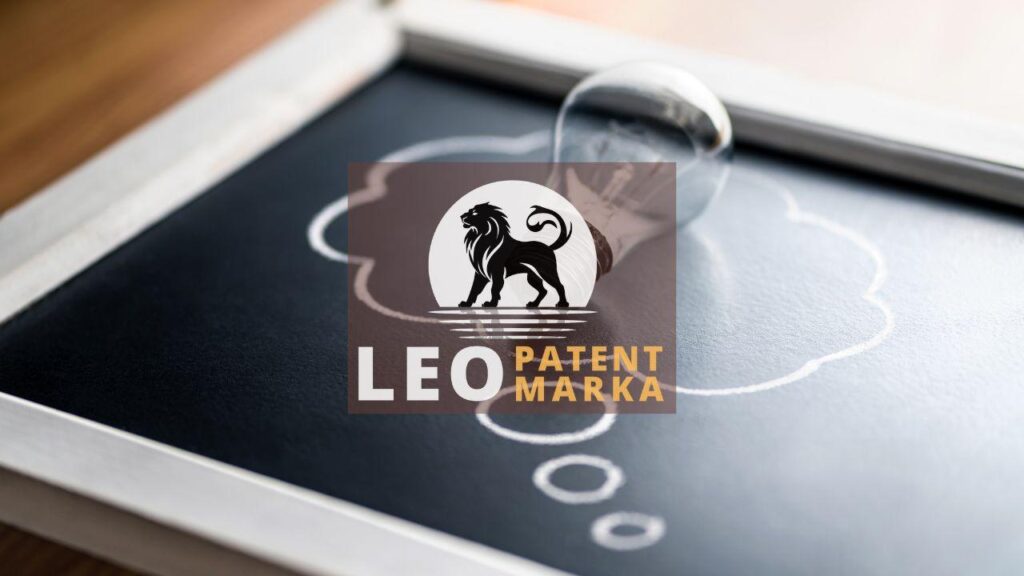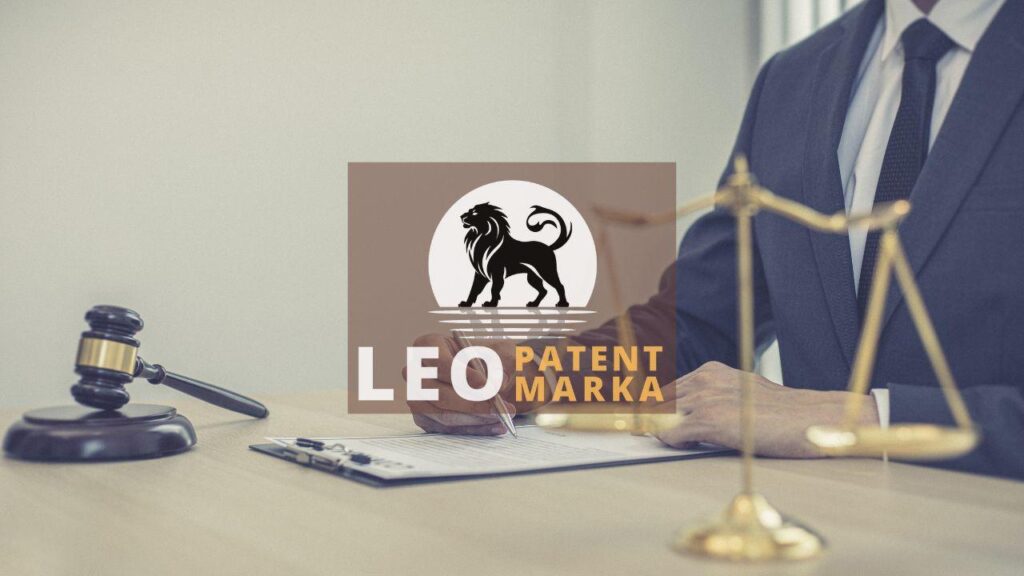Navigating the complexities of intellectual property law is crucial for safeguarding your creative designs, especially in a dynamic market like Turkey. At Leo Patent, we understand the importance of protecting your innovative creations against unauthorized use. Filing a design infringement lawsuit can be a pivotal step in enforcing your rights and maintaining the integrity of your intellectual portfolio. Knowing the intricacies of Turkish legal provisions and the step-by-step procedures for initiating a design infringement lawsuit is essential for any business aiming to secure its competitive edge. This post will guide you through the essential aspects of filing a design infringement lawsuit in Turkey, helping you take informed actions to defend your valuable designs.
Understanding the Legal Prerequisites for Filing a Design Infringement Lawsuit
Before initiating a design infringement lawsuit in Turkey, it’s important to meet several legal prerequisites. First, ensure that your design is duly registered with the Turkish Patent and Trademark Office (Türk Patent). Unregistered designs, while potentially eligible for some protection under Turkish law, do not typically offer the same level of legal enforceability as registered ones. Secondly, maintaining detailed records of your design’s creation and any instances of its unauthorized use can be critical for building a strong case. Lastly, it’s advisable to seek a preliminary legal consultation to evaluate the strength of your claims and understand the potential risks and rewards of litigation. Meeting these prerequisites provides a solid foundation for protecting your intellectual property rights through a design infringement lawsuit.
The next step involves understanding the types of evidence required to substantiate your claims in a design infringement lawsuit. Under Turkish IP law, the burden of proof lies with the plaintiff, which means you must present compelling evidence demonstrating that the infringing design is substantially similar to your registered design. This can include visual comparisons, expert testimonies, and historical records of your design’s development and usage. Additionally, showcasing any financial losses you have incurred due to the infringement, such as decreased sales or lost market opportunities, will strengthen your case. Gathering and organizing this evidence meticulously is crucial, as the Turkish courts will scrutinize the details to determine the validity of your claims. Having a well-documented portfolio and concrete proof can significantly impact the outcome of your lawsuit, making it imperative to prepare thoroughly before proceeding to court.
Once you have gathered the necessary evidence and met the legal prerequisites, the formal process of filing a design infringement lawsuit begins. In Turkey, this typically involves submitting a detailed complaint to the relevant civil court, specifying the nature of the infringement and the legal grounds for your claim. The complaint should include a precise description of your registered design, the infringing design, and the supporting evidence demonstrating the infringement. It’s also beneficial to request provisional measures, such as preliminary injunctions, to prevent further unauthorized use of your design during the course of the lawsuit. Navigating these procedural requirements can be complex, which is why engaging experienced legal counsel is highly recommended. At Leo Patent, our expertise in Turkish intellectual property law ensures that your case is presented effectively, increasing the likelihood of a favorable outcome in protecting your creative assets.
Evidence Collection and Documentation for a Strong Infringement Case
Building a strong design infringement case in Turkey starts with meticulous evidence collection and thorough documentation. At Leo Patent, we emphasize the importance of gathering comprehensive proof to substantiate your claim of unauthorized use. This includes obtaining clear and detailed images of the infringing products, collecting any related marketing materials, and documenting any sales or distribution activities that may point to the infringement. Additionally, securing testimonies from industry experts and witnesses who can validate the originality of your design strengthens your case significantly. Properly organizing this evidence not only supports your claims but also ensures a smoother litigation process, providing a solid foundation for enforcing your intellectual property rights effectively.
To effectively document your design rights, it’s essential to provide robust documentation that proves your design’s originality and your ownership of it. Registering your design with the Turkish Patent and Trademark Office (TPTO) is a critical first step, as it serves as an official record of your intellectual property rights. Along with the registration certificate, maintaining detailed records of the conceptual development and creation process can further support your claims. This may include sketches, drafts, and dated records that demonstrate the evolution of your design. Additionally, keeping a trail of correspondences, contracts, and agreements related to the design can offer invaluable support in asserting your rights. These preparatory steps are not just beneficial in potential litigation but also deter potential infringers, making it clear that you are prepared to defend your creative work rigorously.
When it comes to presenting your case in court, having well-organized and accessible evidence is paramount. At Leo Patent, we recommend leveraging digital tools for cataloging and storing your evidence to ensure it is readily available when needed. This includes creating digital copies of all documents, images, and correspondence, and storing them in a secure, easily navigable format. Employing a chronological system can help illustrate the timeline of the infringement, making it easier for the court to understand the scope and impact of the unauthorized use. Additionally, providing expert analysis reports and market impact studies can offer invaluable insight into the extent of damage caused by the infringement. By meticulously preparing your case with robust and well-organized documentation, you can significantly enhance your chances of a favorable outcome, effectively defending your design rights in Turkish courts.
Navigating Court Proceedings in Turkish Design Infringement Cases
Navigating court proceedings in Turkish design infringement cases requires a strategic approach, given the distinct legal landscape and procedural nuances. Initiating a lawsuit begins with the plaintiff filing a complaint with the competent court, usually the specialized Intellectual and Industrial Property Rights Courts if available in the jurisdiction. The complaint must detail the infringing actions, including the accused design and how it infringes on the plaintiff’s registered design rights. Comprehensive documentation and evidence supporting the infringement claims are crucial. Serving the complaint to the defendant sets the litigation in motion, after which both parties will present their arguments, evidence, and expert testimonies. Throughout this process, understanding Turkish civil procedure rules and presenting a compelling case can significantly influence the outcome in favor of the rights holder.
Once the complaint is filed and served, the defendant has the opportunity to respond within the timeframe stipulated by Turkish civil procedural laws, typically between two to four weeks. The defendant’s response may include arguments challenging the validity of the plaintiff’s design registration or asserting non-infringement based on differences between the designs. It is common for both parties to employ experts to testify on technical matters and design specifics. During the preliminary hearings, the court examines submissions from both sides and may call for additional oral arguments or further evidence if necessary. Additionally, preliminary injunctions can be requested by the plaintiff to prevent ongoing infringement during the litigation, though these are granted based on a thorough assessment of the urgency and potential harm. Effective navigation through these proceedings demands not only legal acumen but also a robust understanding of design intricacies and substantial evidentiary support.
The resolution of a design infringement case in Turkey usually culminates in the court’s final decision, which may include ordering the cessation of the infringing activities, the confiscation and destruction of infringing goods, or the monetary compensation for damages suffered by the rights holder. Importantly, if the court rules in favor of the plaintiff, the decision often serves as a deterrent against future infringements by setting a legal precedent. However, it’s essential to note that the losing party has the right to appeal the decision within a specified period, typically 15 days after the judgment is issued. This appellate process involves a higher judicial authority reviewing the lower court’s decision, potentially extending the litigation timeline. Therefore, having experienced legal representation specialized in intellectual property law, like the team at Leo Patent, ensures that your interests are adeptly managed throughout both these initial proceedings and any subsequent appeals.
Disclaimer: This article is for general information purposes only and it is recommended that you consult experts and companies in that field to evaluate your specific situation. We are not responsible for any damage that may arise from the use of the information in this article.
